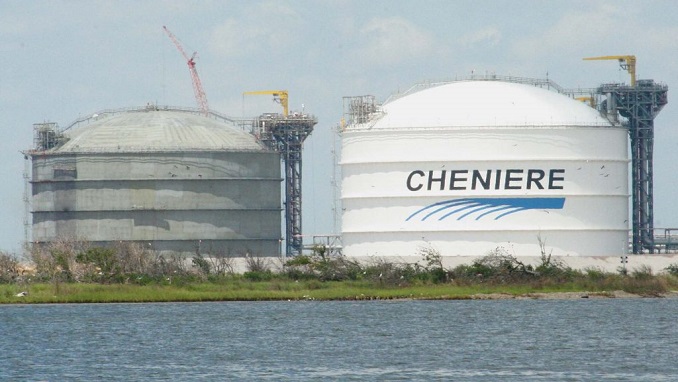
The leading exporter of liquefied natural gas in the U.S. Cheniere, said it is willing to build incremental facilities in order to satisfy growing European demand.
However, the massive exporter warned that additional capacity would not enter service before “the latter portion of this decade.”
The United States became the world’s largest exporter of liquefied natural gas during the first half of 2022. This filled the vacuum that was left by Russia, which cut off many of its exports to Europe after it invaded Ukraine.
Falling supplies from Russia changed the flow dynamics of oil and gas in Europe.
Corey Grindal, executive vice president in charge of worldwide trading at Cheniere, said the U.S. has now supplied almost half of the expected gas that typically comes from Europe for the entire year of 2022.
The speed at which the U.S. was able to ramp up its gas deliveries surpassed European expectations.
In March, just weeks after the Russian invasion of Ukraine, the U.S. committed to supplying 15 bcm of LNG to EU markets this year, while the EU offered “stable demand for additional US LNG” of approximately 50 bcm per annum “until at least 2030”.
With 40 bcm already delivered, Grindal said U.S. exports are likely to come “relatively close” to the 50 bcm mark already this year. Now, Cheniere is looking to cement that position with new plans to bring additional liquified gas to Europe.
In June, the company announced a final investment decision to expand its export capacity by an additional 10 million tonnes per year.
And assuming gas prices in Europe remain high enough, “I think that you will continue to see US and worldwide LNG continue to make its way to Europe,” Grindal said.
But European customers will have to wait a few years for additional supplies to become available, Grindal warned, because the infrastructure needs time to be built. There is currently no liquefaction capacity able to come online in the next 12 to 24 months, Grindal said.
The facilities are big, expensive facilities that take three to four years to build.

Be the first to comment